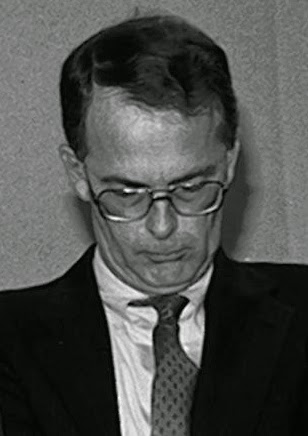 |
| (Photo by Elaine Thompson/AP) |
In 1991, the Mets posted their first losing season in eight years. After winning 87 or more games from 1984 to 1990, New York finished the 1991 campaign with a disappointing 77-84 record. As a result, general manager Al Harazin decided to shed salaries without going through a rebuilding phase.
Kevin McReynolds, one of the team's best offensive players during his five-year tenure in New York, was dealt to Kansas City. Hubie Brooks, who returned to the Mets for one season as Darryl Strawberry's replacement in right field, was jettisoned to the Angels.
The McReynolds trade (which also sent Gregg Jefferies and Keith Miller to the Royals) brought two-time Cy Young Award winner Bret Saberhagen to Flushing. Saberhagen was part of Harazin's plan to create a top-notch starting rotation, as long-time Met Ron Darling had been traded to Montreal during the 1991 season and Frank Viola was about to leave via free agency.
But Saberhagen was not Harazin's first choice to lead a starting rotation that already featured David Cone, Dwight Gooden and Sid Fernandez. His original plan was to send McReynolds to Seattle for one of the Mariners' top two young starting pitchers.
Coming to New York in exchange for McReynolds would have been either Erik Hanson, a 26-year-old right-hander who posted an 18-win, 211-strikeout campaign in 1990, or a lanky 28-year-old southpaw with a 37-34 career record, 4.01 ERA and a 1991 season in which he walked 152 batters - the first time since 1977 that a pitcher had issued over 150 bases on balls.
That skinny lefty was future Hall of Fame pitcher Randy Johnson.
Harazin knew Seattle was in need of a left fielder, and was willing to part ways with the veteran McReynolds, who had signed a three-year, $10 million contract extension the previous off-season.
But Seattle did not want to trade Hanson or Johnson for McReynolds, whose salary was supposedly too high for the penny-pinching Mariners. (Seattle's $17.5 million team payroll was the fifth-lowest in the majors in 1991.) At least that's what Harazin was led to believe.
"The conversation we had with them was such that I didn't think they were interested in anyone's $3 million player."
That's when Harazin opted for Plan B, trading McReynolds and two others to Kansas City for Saberhagen and infielder Bill Pecota. There was only one problem. Seattle ended up trading for a left fielder who was due more money than McReynolds, and parted ways with three pitchers to get him.
Former Met Kevin Mitchell, who was traded for McReynolds just five years prior, was acquired by the Mariners from San Francisco for pitchers Bill Swift, Mike Jackson and Dave Burba. Mitchell was due $10.5 million through the 1994 season, an average of $3.5 million per year.
Mitchell flopped in Seattle, hitting just nine home runs in 99 games after averaging 36 homers per season during his final three years in San Francisco. McReynolds wasn't much better in Kansas City and was out of baseball after the 1994 season.
Randy Johnson, on the other hand, learned how to control his wildness. After one more subpar season in 1992 (12-14, 3.77 ERA, league-leading 144 walks), Johnson became one of the game's most dominant pitchers. Over his next dozen campaigns, the Big Unit posted three 20-win seasons (and four other years with 18+ victories) and won nine strikeout titles. He also led the league in winning percentage four times, ERA four times, complete games four times, shutouts three times and WHIP on three occasions - all in a span of 12 years. And most importantly, he never walked 100 batters in a season again.
Almost a quarter century ago, Seattle was willing to trade three pitchers to San Francisco for a left fielder making $10.5 million for three seasons. Had they listened to Al Harazin, they could have saved half a million dollars over those three campaigns and would have lost just one pitcher to acquire the Mets' left fielder.
But Seattle would have potentially lost a future Hall of Famer in Randy Johnson.
Imagine how different the histories of two franchises would have been had the McReynolds-for-Johnson trade been consummated.


No comments:
Post a Comment